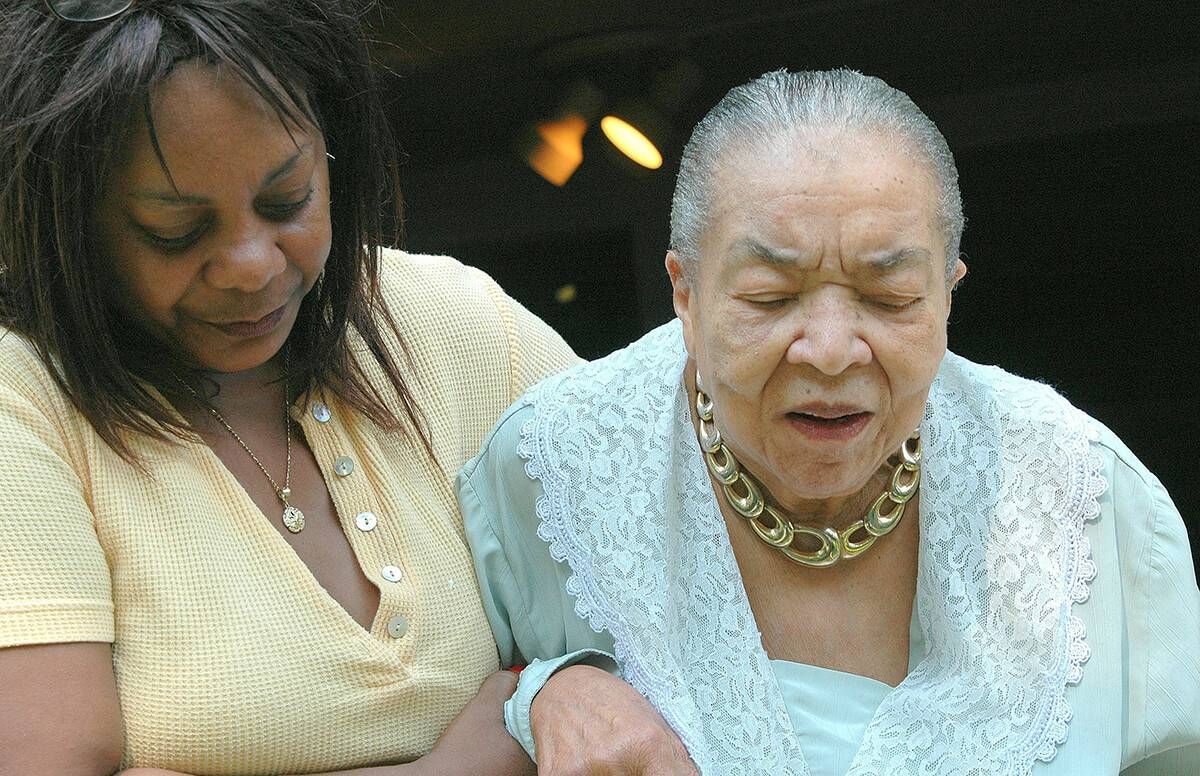The Real Reason Women Are Working Less
One quarter of older women are caregivers, and it’s taking a toll on their work lives
After rising consistently since the 1950s, women’s participation in the workforce stalled at the turn of the 21century, deemed by many a result of the demands of child care.

Unsatisfied with a lack of data supporting that excuse, Eduardo Porter, writer of the Economic Scene column for The New York Times, just took a deeper dive into figuring out what might be missing from that equation.
“Still, the consensus is incomplete,” he wrote. “It misses perhaps the most significant impediment to women’s continued engagement in the labor market, one that is getting tougher with each passing year: aging. Focused laserlike on child care, we haven’t noticed that the United States is walking into an elder-care crisis.”
The Missing Piece of the Working Women Puzzle: Elder Care
We covered this issue in last year’s “Finding Solutions to the Growing Caregiver Crisis,” recognizing the “demographic shift” that’s changing the way our society operates and adding new challenges.
“Each day, 10,000 boomers turn 65 and over the next 30 years, the population of older adults will nearly double — growing from 48 million to 88 million, with the largest percentage increase among those 85 and older,” our story said. “This shift will profoundly impact families all across America.”
The author of the Next Avenue story, Jodi M. Sturgeon, posed some important questions:
“How will we manage the care and support of our parents, grandparents, aunts and uncles? How will we manage the care of our friends and neighbors who perhaps don’t have children, or at least not in close proximity?”
The answer, as Porter pointed out, is that “we” — mostly women, who are still the primary caregivers for children, aging spouses and aging parents — will be forced to cut back at our jobs or quit altogether.
Two Full-Time Jobs: Workplace and Caregiving
According to the American Time Use Survey cited by Porter, about one quarter of women between 45 and 64 and one in seven between ages 35 and 44 are caregivers for older relatives.
Caregiving can be a full-time job in itself, between meals, appointments, organizational tasks and providing company and support. Balancing this emotionally and physically taxing work on top of another job is no easy feat.
Ten percent of caregivers have to reduce their hours at work, and 6 percent are affected so much that they leave their job, says a National Association of Insurance Commissioners report also referenced by Porter.
Our story about the challenges facing working daughters who are caregivers uncovered similarly troubling findings in Home Instead Senior Care’s Daughters in the Workplace survey of 1,001 working women aged 45 to 60 who were caregivers; 9 percent of these women said their jobs were currently at risk due to their caregiving responsibilities.
With these figures in mind, it’s no wonder more women are working less or not at all. Women can’t be expected to do it all.
Porter noted that this trend will likely escalate.
“Unlike the boomers now taking care of their parents, their Millennial children will not have as many siblings to help care for their parents,” he wrote. “Higher divorce rates imply that many aging boomers will have no spouse to care for them, putting additional demands on their children. And the elderly of the future are going to live longer, which suggests there will be a lot of caregivers well into their 50s juggling work with care for their children and their parents.”
Not a comforting picture.
Help On the Way?
Congress recently passed the RAISE Family Caregivers Act — a bill that could help more women (and men) who are caregivers remain in the workforce or alleviate the burden of smaller or missed paychecks.
If signed by President Trump, the RAISE Family Caregivers Act will require the U.S. Secretary of Health and Human Services to develop, maintain and update an integrated national strategy to support family caregivers.
The overwhelming amount of women impacted by the caregiving crisis could stand to benefit from needed legislation like this.


